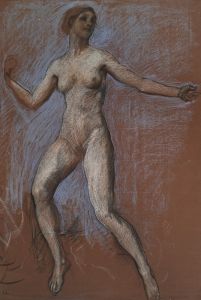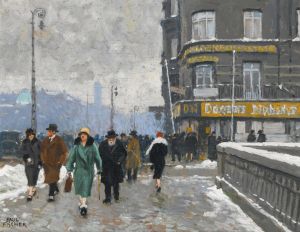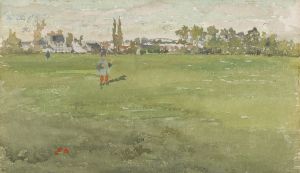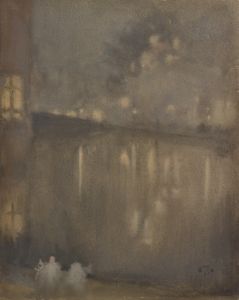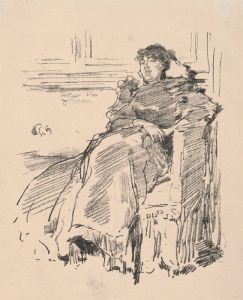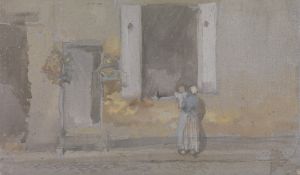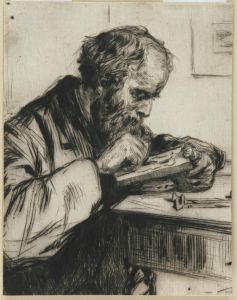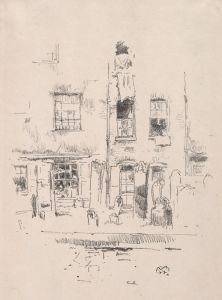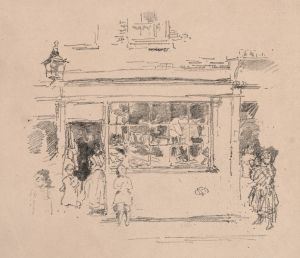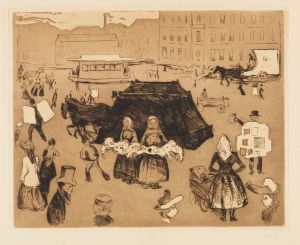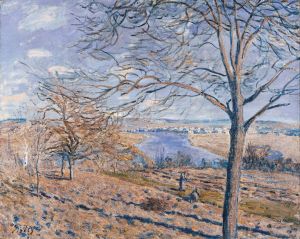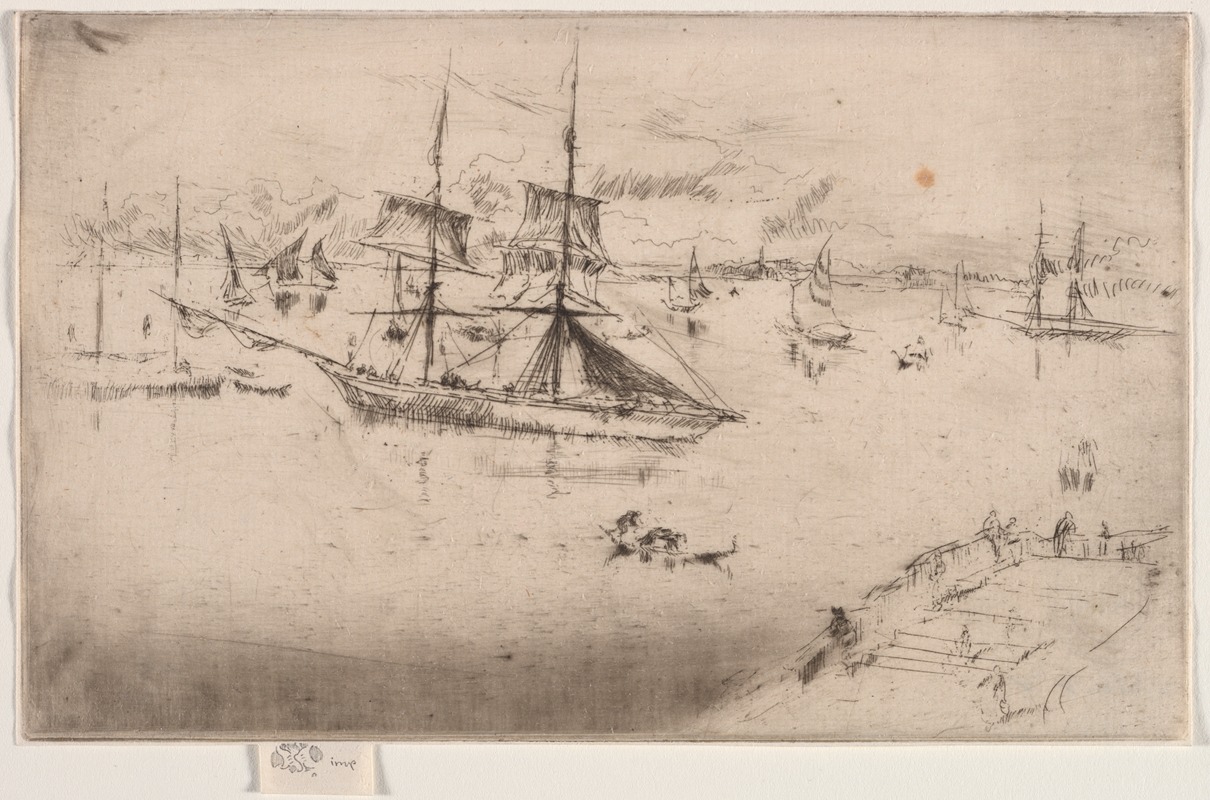
Lagoon; Noon
A hand-painted replica of James Abbott McNeill Whistler’s masterpiece Lagoon; Noon, meticulously crafted by professional artists to capture the true essence of the original. Each piece is created with museum-quality canvas and rare mineral pigments, carefully painted by experienced artists with delicate brushstrokes and rich, layered colors to perfectly recreate the texture of the original artwork. Unlike machine-printed reproductions, this hand-painted version brings the painting to life, infused with the artist’s emotions and skill in every stroke. Whether for personal collection or home decoration, it instantly elevates the artistic atmosphere of any space.
James Abbott McNeill Whistler was an influential American artist known for his contributions to the art world in the late 19th century. One of his notable works is "Lagoon; Noon," a painting that exemplifies his unique style and artistic philosophy. Whistler was a proponent of "art for art's sake," a movement that emphasized the aesthetic experience over narrative content or moral lessons. This philosophy is evident in "Lagoon; Noon," where the focus is on mood, atmosphere, and the harmonious arrangement of color and form.
"Lagoon; Noon" is part of Whistler's series of works that explore the theme of water and its reflective qualities. The painting captures the serene and tranquil atmosphere of a lagoon, likely inspired by Whistler's travels and experiences in Venice. Whistler was known for his ability to capture the subtle interplay of light and shadow, and "Lagoon; Noon" is a testament to this skill. The painting features a delicate balance of muted tones, with an emphasis on the soft, diffused light that characterizes the midday sun.
Whistler's technique in "Lagoon; Noon" reflects his mastery of the medium. He employed a limited color palette, using gentle brushstrokes to create a sense of depth and movement in the water. The composition is carefully arranged to draw the viewer's eye across the canvas, inviting them to experience the tranquility of the scene. Whistler's use of color and form in this painting is reminiscent of the Impressionist movement, although he maintained a distinct style that set him apart from his contemporaries.
The painting is also notable for its lack of detailed figures or narrative elements. Instead, Whistler focused on the abstract qualities of the scene, allowing the viewer to engage with the painting on a purely aesthetic level. This approach was somewhat controversial at the time, as many critics and viewers were accustomed to more traditional, representational art. However, Whistler's work, including "Lagoon; Noon," played a significant role in shifting perceptions of what art could be, paving the way for future movements that embraced abstraction and experimentation.
"Lagoon; Noon" is an example of Whistler's ability to convey emotion and atmosphere through subtle means. The painting invites contemplation and reflection, encouraging viewers to appreciate the beauty of the natural world and the artist's interpretation of it. Whistler's legacy as a pioneer of modern art is evident in works like "Lagoon; Noon," which continue to be celebrated for their innovation and artistic merit.
Today, Whistler's paintings, including "Lagoon; Noon," are held in high regard and can be found in major art collections and museums around the world. His influence on the development of modern art is undeniable, and his works continue to inspire artists and art enthusiasts alike.





